Ground shipping is currently paused. Local deliveries throughout Long Island will continue as usual. Pre-orders for fall are now open. Non-local orders will begin shipping again in early September. Click here to learn more.
Ground shipping is currently paused. Local deliveries throughout Long Island will continue as usual. Pre-orders for fall are now open. Non-local orders will begin shipping again in early September. Click here to learn more.
| Size | |
|---|---|
| Common Name | |
| Type | |
| Family | |
| Native? | |
| Zone | 4, 5, 6, 7, 8, 9 |
| Height Range (ft.) | 2.00 to 3.00 |
| Spread (ft.) | 3.00 to 4.00 |
| Bloom Time | |
| Bloom Description | Fragrant, ragrant pink flowers with yellow centers, Single |
| Sun | |
| Water | |
| Maintenance | |
| Suggested Use | hedgerows, native plant gardens, naturalized areas, wildlife gardens |
| Tolerate | |
| Attracts | |
| Growth Rate |
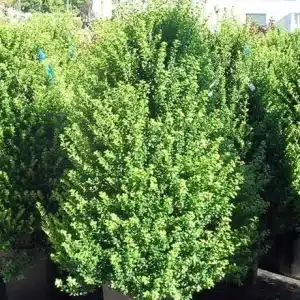
Pasture Rose is a native, low-growing shrub with fragrant pink flowers and bright red rose hips. Ideal for native meadows, pollinator gardens, and wildlife habitats.
$19.99 – $32.99Price range: $19.99 through $32.99
Please note: Sizes 1.5 Gallon and up can’t be shipped outside the counties of Nassau, Suffolk, and Queens.
Learn more about how the process works and how our plants are delivered.
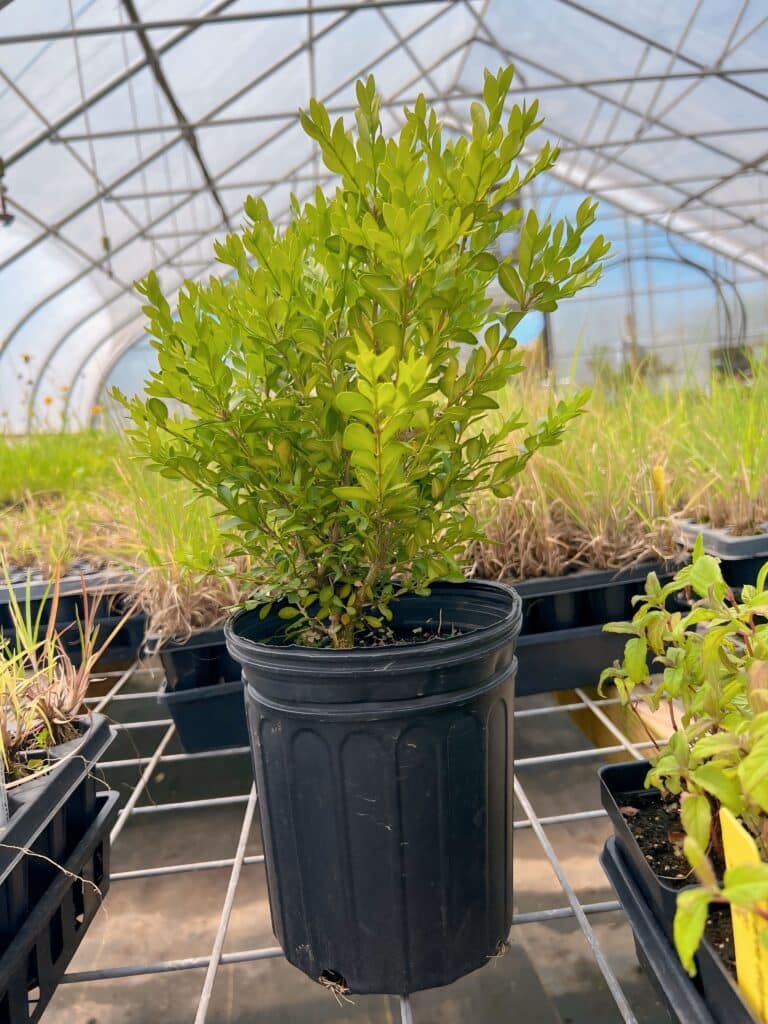


Ground shipping is paused due to summer heat. Only local delivery (Long Island & Queens) is available. Orders placed during the pause will begin processing September 1, and ground shipping will resume September 15.
| Size | |
|---|---|
| Common Name | |
| Type | |
| Family | |
| Native? | |
| Zone | 4, 5, 6, 7, 8, 9 |
| Height Range (ft.) | 2.00 to 3.00 |
| Spread (ft.) | 3.00 to 4.00 |
| Bloom Time | |
| Bloom Description | Fragrant, ragrant pink flowers with yellow centers, Single |
| Sun | |
| Water | |
| Maintenance | |
| Suggested Use | hedgerows, native plant gardens, naturalized areas, wildlife gardens |
| Tolerate | |
| Attracts | |
| Growth Rate |
Rosa carolina, commonly known as Pasture Rose, is a native, deciduous shrub found in meadows, prairies, and along woodland edges throughout eastern North America. This low-growing wild rose reaches 2 to 3 feet in height and spreads by suckers to form dense colonies, making it an excellent choice for erosion control, wildlife habitats, and naturalized plantings.
In early summer, Pasture Rose produces delicate, fragrant pink single flowers with bright yellow centers. These blooms attract a wide range of pollinators, including native bees and butterflies. By late summer, the flowers give way to bright red rose hips that persist into fall and winter, providing a valuable food source for birds and other wildlife. Its foliage offers vibrant fall color, making it a multi-season standout in native landscapes.
/5
Total reviews
|
|
Persons recommended this product
Anonymous
Shopper
check_circle Verified
Shop owner replied
Was this helpful
Anonymous
Shopper
check_circle Verified
Shop owner replied
Was this helpful
There are no reviews yet.
Be the first to review “ ”
Your feedback helps us improve our service.
Please log in to submit a review.

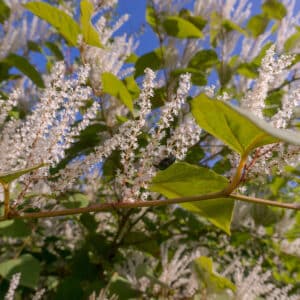

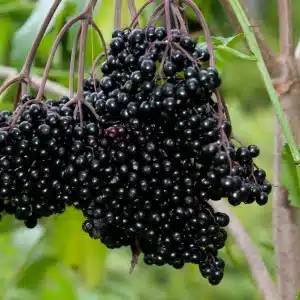
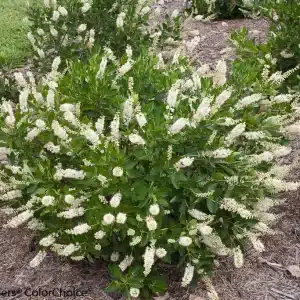

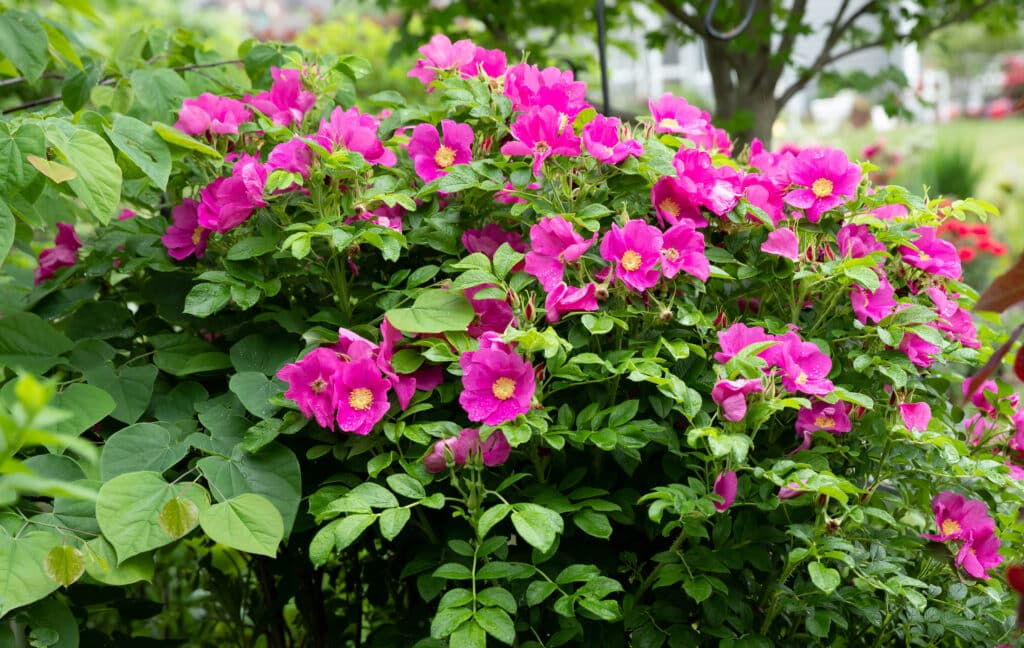
Rosa carolina thrives in full sun to partial shade and prefers well-drained soils. It is adaptable to a variety of soil types, including dry, sandy soils, making it ideal for naturalized areas, meadows, and prairie gardens.
Yes! Rosa carolina is native to much of the eastern and central United States, making it an excellent choice for native plant gardens and pollinator habitats. It supports local ecosystems and provides food and shelter for wildlife.
Pasture Rose typically blooms in late spring to early summer (May to June). It produces single, fragrant pink flowers with five petals that are attractive to pollinators like bees and butterflies.
Yes! After flowering, Rosa carolina develops bright red rose hips in late summer to fall. These hips are high in vitamin C and can be used in teas and jams. They also provide an important food source for birds and other wildlife.
Rosa carolina is considered low-maintenance once established. While not fully deer-resistant, its thorny stems help deter browsing. It’s also drought-tolerant and typically resistant to pests and diseases, making it an easy addition to wildlife gardens or hedgerows.
Our gift cards make it easy to share the beauty of plants, flowers, and all things green. Whether for a special occasion or just because, give the gift of choice and let them select their favorites to create a garden they’ll cherish.
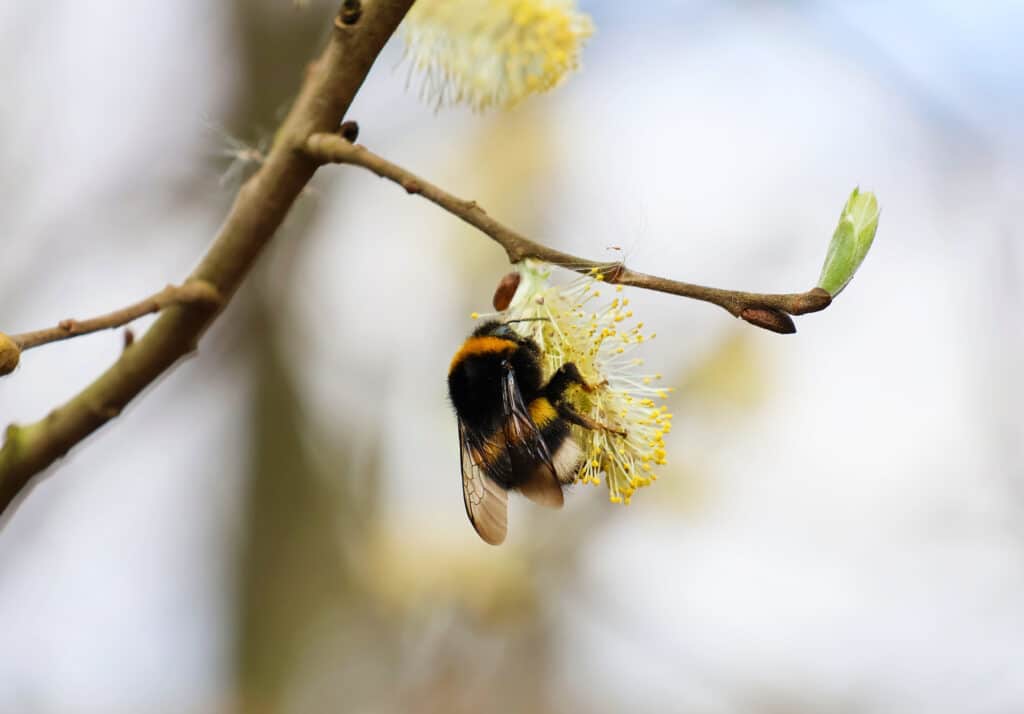
Only Local Delivery Available (Long Island & Queens)
Ground Shipping Paused
To protect our plants from extreme summer heat, we’ve paused nationwide ground shipping to avoid any damage during transit.
Local Delivery Only
We’re still delivering locally to Long Island and Queens, so nearby customers will continue to receive orders as usual.
Fall Pre-Orders Are Open Nationwide!
We will resume normal shipping for non-local orders placed during the pause in early September.
Thank you for your support and understanding—we’re looking forward to growing with you this fall!